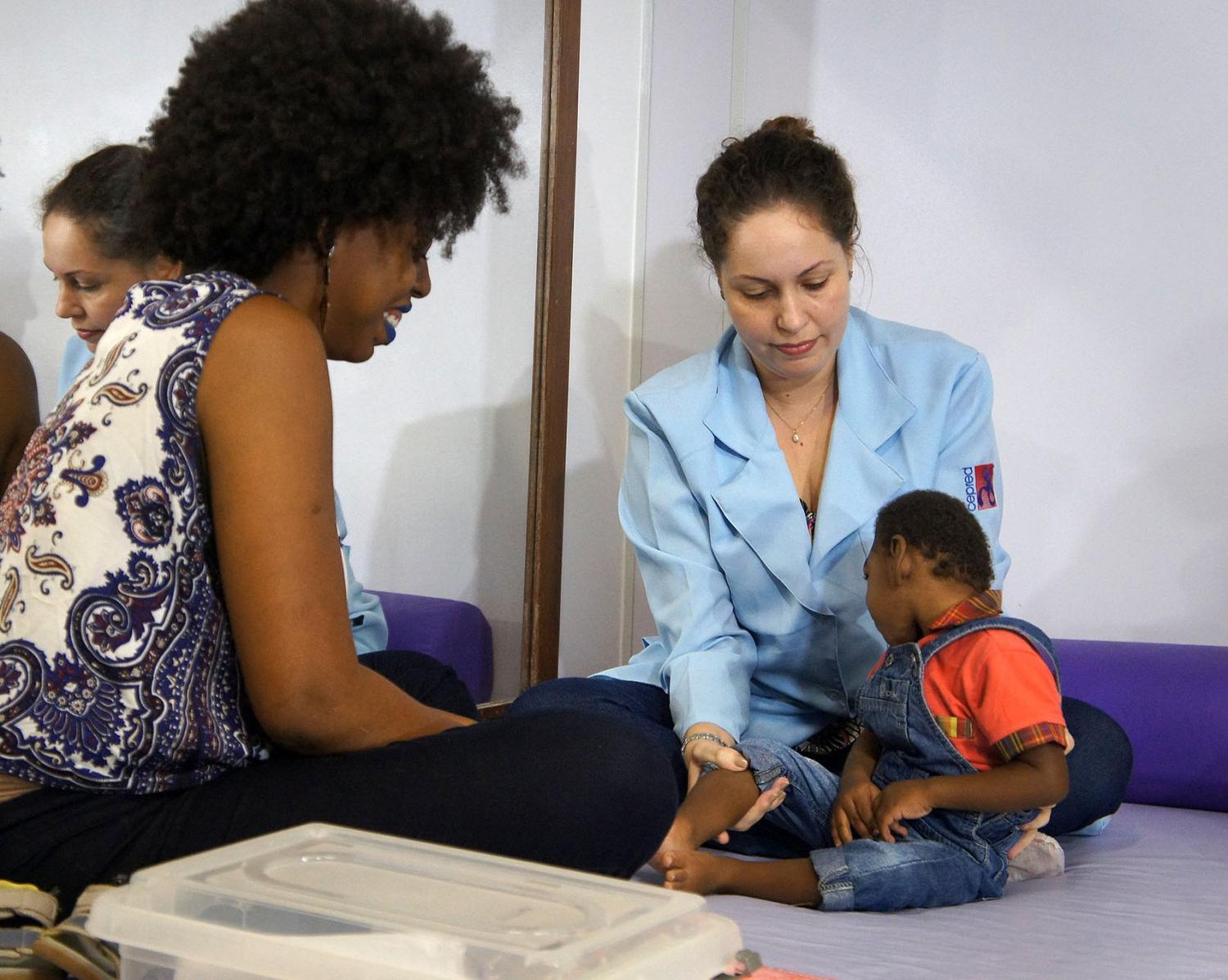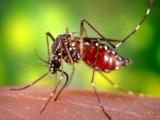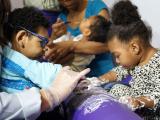During Brazil's Zika outbreak, microcephaly cases were much higher in the country's northeastern tip than in other regions, raising questions about other possible cofactors, but a new analysis today of multiple databases found no suspicious red flags.
The study also confirms the Zika-microcephaly link, finding that women infected with Zika during the early stages of pregnancy are 17 times more likely to have a child with the condition compared with uninfected pregnant women. An international team of researchers based at the London School of Hygiene and Tropical Medicine published its findings in PLOS Medicine.
Heavy Zika toll in northeast Brazil
For the study, the scientists merged data from multiple Brazilian databases to gauge exposure to eight known or hypothesized causes of microcephaly for every pregnancy since the Zika outbreak began, covering 3.6 million to 5.4 million cases from January 2015 through May 2017.
The potential cofactors they examined included immune enhancement from past exposure to flaviviruses and alphaviruses closely related to Zika virus, including dengue and chikungunya. They also looked at bovine viral diarrhea virus—known to cause birth defects in cattle. And finally, they assessed the possible role of contaminated drinking water, Zika co-infection with dengue or chikungunya, and Zika potentially enhanced by yellow fever vaccination.
The researchers found that 92% of the country's estimated 8.5 million Zika cases occurred in northeast Brazil, and as many as 0.2% of all pregnancies involved a baby with microcephaly.
Despite lower microcephaly rates outside of northeast Brazil, the association they found between Zika and microcephaly was consistent, likely ruling out a role for most other arbovirus impacts or other cofactors.
According to the study, the Zika-microcephaly connection wasn't modified by co-infection with dengue or chikungunya or having been vaccinated against yellow fever. However, the team wasn't able to assess if dengue or chikungunya infection before pregnancy had any effect on the association.
The group wrote that prospective cohort studies that characterize timing of past exposure to dengue—such as ones under way in Nicaragua and Peru—would be the best way to explore the effect of possible Zika-dengue cross-reactions and Zika severity. The authors noted, though, that other studies haven't found a strong link between Zika severity and the risk of birth defects.
Further evidence of Zika-microcephaly link
When the investigators looked at timing of infection, they found that infection during the first two trimesters seems to pose the greatest risk of microcephaly, in line with earlier studies.
The researchers found a minor increased risk of other birth defects. They wrote that although specific links to eye defects, hypospadias (a defect of the urethra opening), feet defects, and polydactyly require further study, their results suggest that clinicians should focus mainly on microcephaly in pregnant women who have suspected Zika infections.
They said, however, given evidence that only a limited percentage of microcephaly may be diagnosable just after birth and further development problems can evolve, more long-term studies are needed to gauge to full burden.
They said that northeast Brazil probably experienced a more substantial outbreak compared with other parts of the country, but community seroprevalence studies in Brazil are needed to more definitively show the pattern and also shed light on the risk of future outbreaks in Brazil.
See also:
Mar 5 PLOS Med abstract
Mar 5 PLOS press release




















